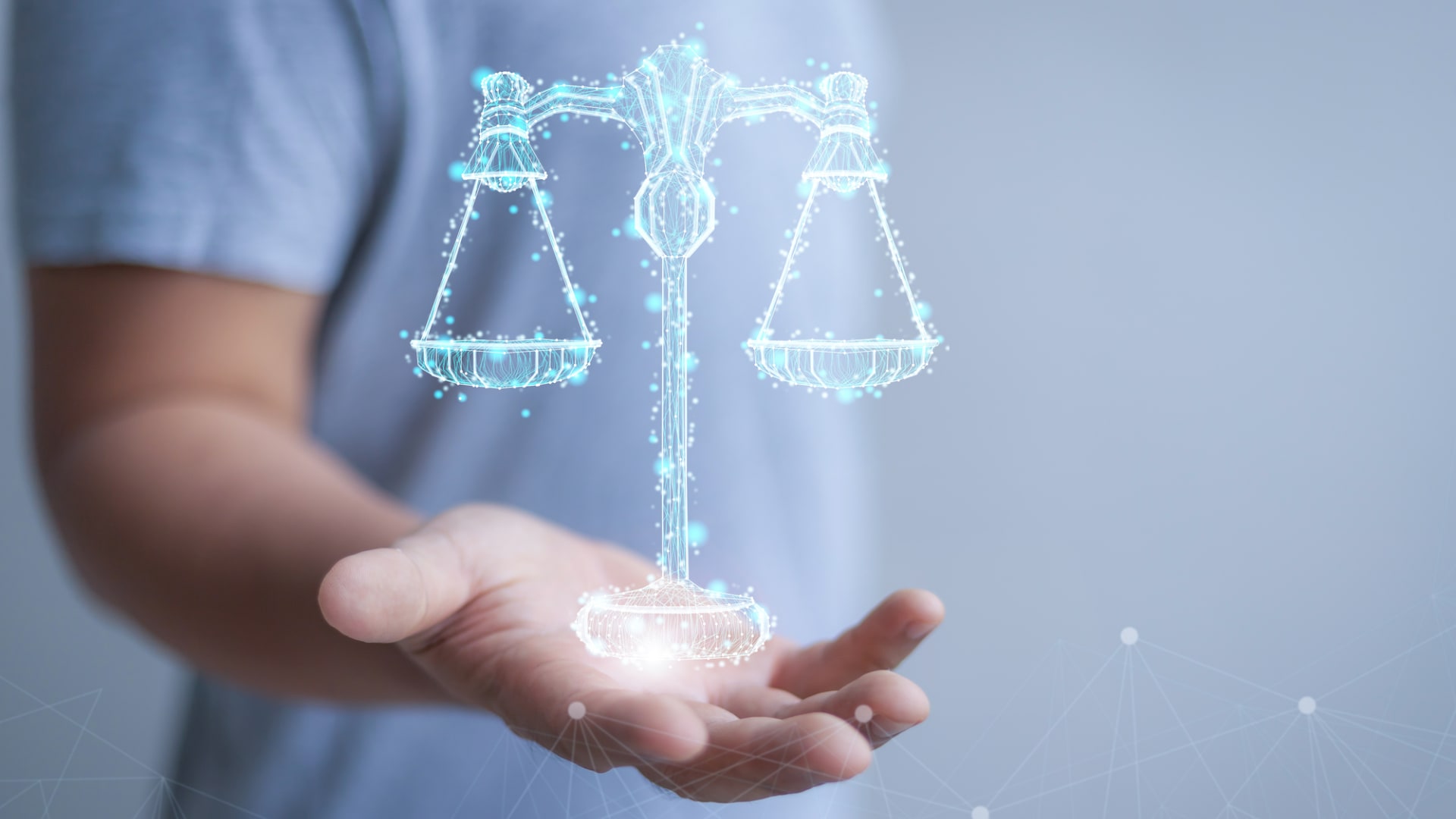This article is intended to walk the reader through a primer on intellectual property, providing definitions, background, and fundamental information to assist in understanding intellectual property as it relates to technology in particular.
Intellectual Property
Intellectual property (IP), in the context of technology specifically, is an invention that is the result of creativity, to which one has rights, and for which one may apply for a patent, copyright, or trademark. Typically, IP falls into one of four categories: copyrights, patents, trademarks, and trade secrets. We’ll cover each of the four categories in this primer on intellectual property below:
Patent
A patent is an exclusive right granted for an invention that is a product and/or a process that usually either creates a novel way of doing something or provides a new technical solution to a problem. In order for a patent to be granted, technical information about the invention being considered for said patent must be disclosed to the public via a patent application.
SEP: Standard Essential Patent
A Standard Essential Patent (SEP) is a patent required to make a product compatible with a standard. Because of their essential status, standard-setting organizations often require standard participants to license their SEPs on fair, reasonable, and non-discriminatory (FRAND) terms (see below for definition).
NSEP: Non-Standard Essential Patent
An NSEP is a non-standard essential patent and defined as any patent that is not required by or essential to a standard. In addition, an NSEP is probably not bound by FRAND licensing agreements.
FRAND: Fair, Reasonable, and Non-Discriminatory (terms)
The term “fair, reasonable, and non-discriminatory” (FRAND) refers to a licensing agreement between standard-setting organizations and holders of standard-essential patents.
SSO: Standards Setting Organization
A standards setting organization (SSO), also known as a standards body and standards developing organization, is an organization whose primary function is to develop, coordinate, issue, revise, interpret, or otherwise create technical standards for a technology, industry, or group users by ensuring uniformity in product specifications and protocols.
Regulatory Agency
A regulatory agency is generally an independent governmental body established by legislative act to both establish and enforce standards of behavior in a specific industry, sector, or field of activity. Although regulatory agencies can be impacted by political influence, they typically function outside of direct executive authority. Examples of regulatory agencies, of which there are many, are the Federal Trade Commission in the United States and the European Commission in the European Union.
Patent Hold-up
A patent hold-up is a litigious scheme in which a patent owner sues a company for patent infringement after it has implemented a technology, knowing that it is in its most vulnerable position and will be forced to agree to a settlement because it is too late for its technology implementation strategy to change course.
Patent Holdout
Patent hold-out is the practice by some companies, typically technology implementers, of ignoring patents/technology licensing and resisting patent owners’ licensing demands based on the assumption that either the odds of getting caught are small, or the cost and length of pursuing litigation may be too prohibitive for the patent holder to pursue.
Patent Troll
A patent troll is a term used to describe a company that pursues patent infringement claims in court in order to win judgments for profit and/or to harm competition. Patent trolls often attempt to enforce patent rights against accused infringers beyond the patent’s actual value and have been known to also engage in patent hoarding — a practice by which companies acquire patents for the purpose of behaving like patent trolls.
Technology Licensing
Technology licensing is the process by which a proprietary technology can be licensed for use by a licensor (typically the patent holder) to a licensee, often for an agreed upon fee negotiated between the two parties.
Patent Holder
A person or legal entity who owns or holds the exclusive rights to a patent.
Licensee
A person or company that has been granted permission by a patent holder through a license agreement to make use of that patent.
This primer on intellectual property is intended as a basic overview of the most common terms and phrases, definitions, and explanations to aid the reader in understanding intellectual property, specifically IP related to technology in general.
Disclosure: Fatty Fish is a research and advisory firm that engages or has engaged in research, analysis, and advisory services with many technology companies, including those mentioned in this article. The author does not hold any equity positions with any company mentioned in this article.
Image Credit: The Balance Small Business
The Fatty Fish Editorial Team includes a diverse group of industry analysts, researchers, and advisors who spend most of their days diving into the most important topics impacting the future of the technology sector. Our team focuses on the potential impact of tech-related IP policy, legislation, regulation, and litigation, along with critical global and geostrategic trends — and delivers content that makes it easier for journalists, lobbyists, and policy makers to understand these issues.
-
The Fatty Fish Editorial Teamhttps://staging-fattyfish.kinsta.cloud/author/fattyfish_editorial/January 14, 2022
-
The Fatty Fish Editorial Teamhttps://staging-fattyfish.kinsta.cloud/author/fattyfish_editorial/January 14, 2022
-
The Fatty Fish Editorial Teamhttps://staging-fattyfish.kinsta.cloud/author/fattyfish_editorial/January 14, 2022
-
The Fatty Fish Editorial Teamhttps://staging-fattyfish.kinsta.cloud/author/fattyfish_editorial/January 14, 2022












